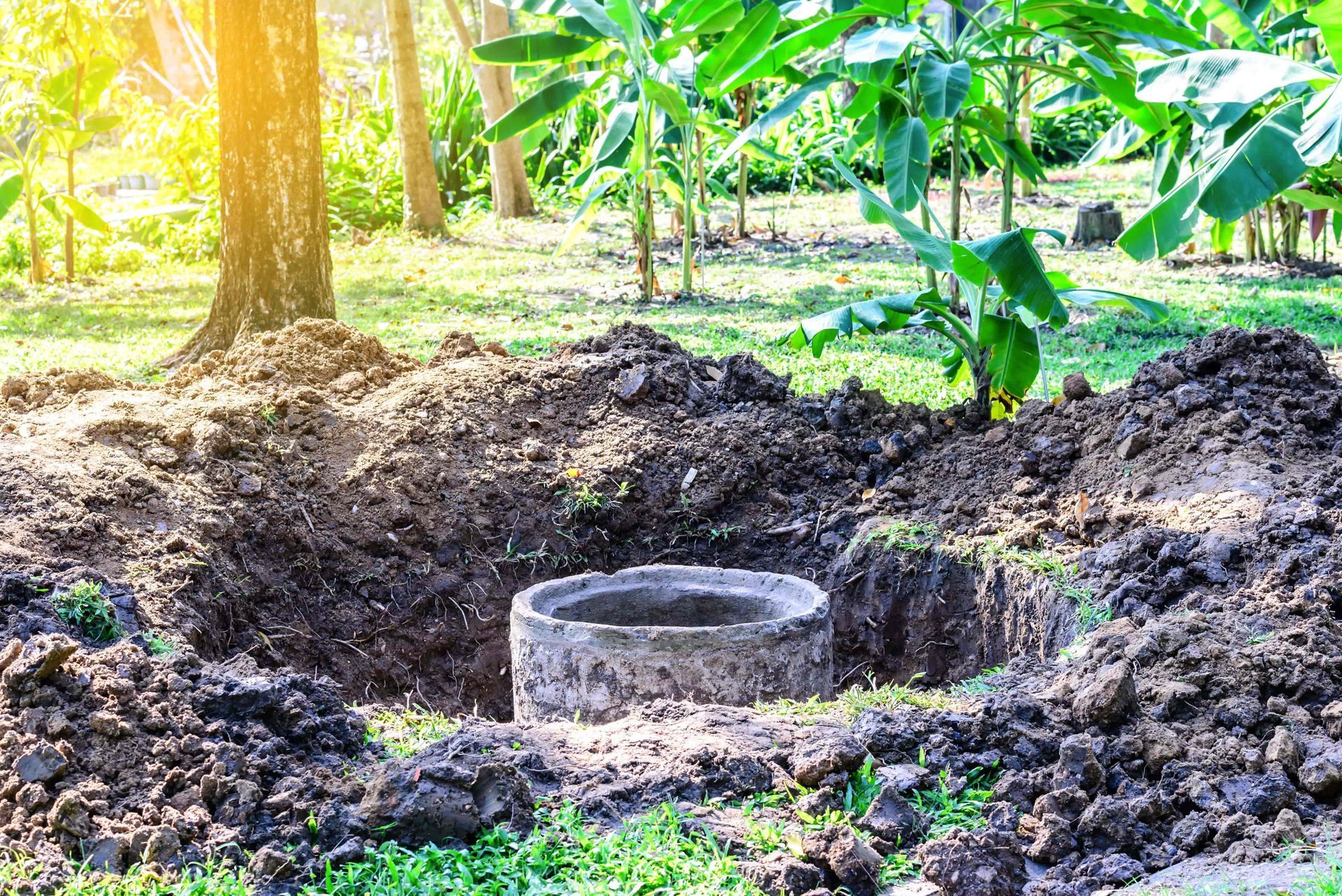The Process of Excavating Drainage Lines

When it comes to maintaining a well-functioning drainage system, sometimes the only solution is to dig deep. Excavating drainage lines may seem daunting, but it is often necessary to access and repair damaged pipes or address problem areas. In this article, we will take a closer look at the process of excavating drainage lines, from identifying the issue to completing the repairs. So sit back, grab a cup of coffee, and let's dive into the world of underground excavations.
Identifying the Problem:
The first step in any excavation project is identifying the problem. This typically involves conducting a thorough inspection of the drainage system using advanced technology such as cameras or ground-penetrating radar. By pinpointing the exact location of damage or blockages, contractors can develop a plan for excavation that minimizes disruption to your property.
Obtaining Permits and Permissions:
Before any digging can begin, it is important to obtain all necessary permits and permissions from local authorities. Excavation work can be disruptive and potentially dangerous, so it is crucial to follow all regulations and guidelines to ensure the safety of workers and residents in the area. This step may take some time but is essential for a successful excavation project.
Excavation Process:
Once all permits are in place, it's time to start digging. Depending on the extent of the damage or blockages, excavation may involve digging trenches by hand or using heavy machinery such as excavators. Careful attention must be paid to avoid damaging other utilities or structures buried underground. Experienced contractors will use precision techniques to minimize disruption and complete the excavation efficiently.
Repairing and Replacing Drainage Lines:
After excavating the damaged area, contractors will assess the condition of the drainage lines and make necessary repairs or replacements. This may involve repairing cracks or leaks in pipes, replacing collapsed sections, or installing new drainage systems altogether. Quality materials and proper installation techniques are key to ensuring long-lasting results that keep your drainage system functioning properly.
Restoration and Clean-Up:
Once repairs are complete, it's time to restore your property to its original state. Contractors will backfill trenches, compact soil, and clean up any debris left behind during excavation. Homeowners need to inspect the work site before signing off on completion to ensure that everything has been restored properly.
Excavating drainage lines may not be a walk in the park, but with proper planning and execution, it can lead to improved functionality and longevity of your drainage system. By following these steps and working with experienced professionals, you can tackle even the most challenging drainage issues with confidence. So if you find yourself facing a stubborn clog or leak in your underground pipes, don't hesitate to consider excavation as a solution — your home will thank you for it!
Contact our team at Walter's Environmental Services to learn more about drainage lines.




